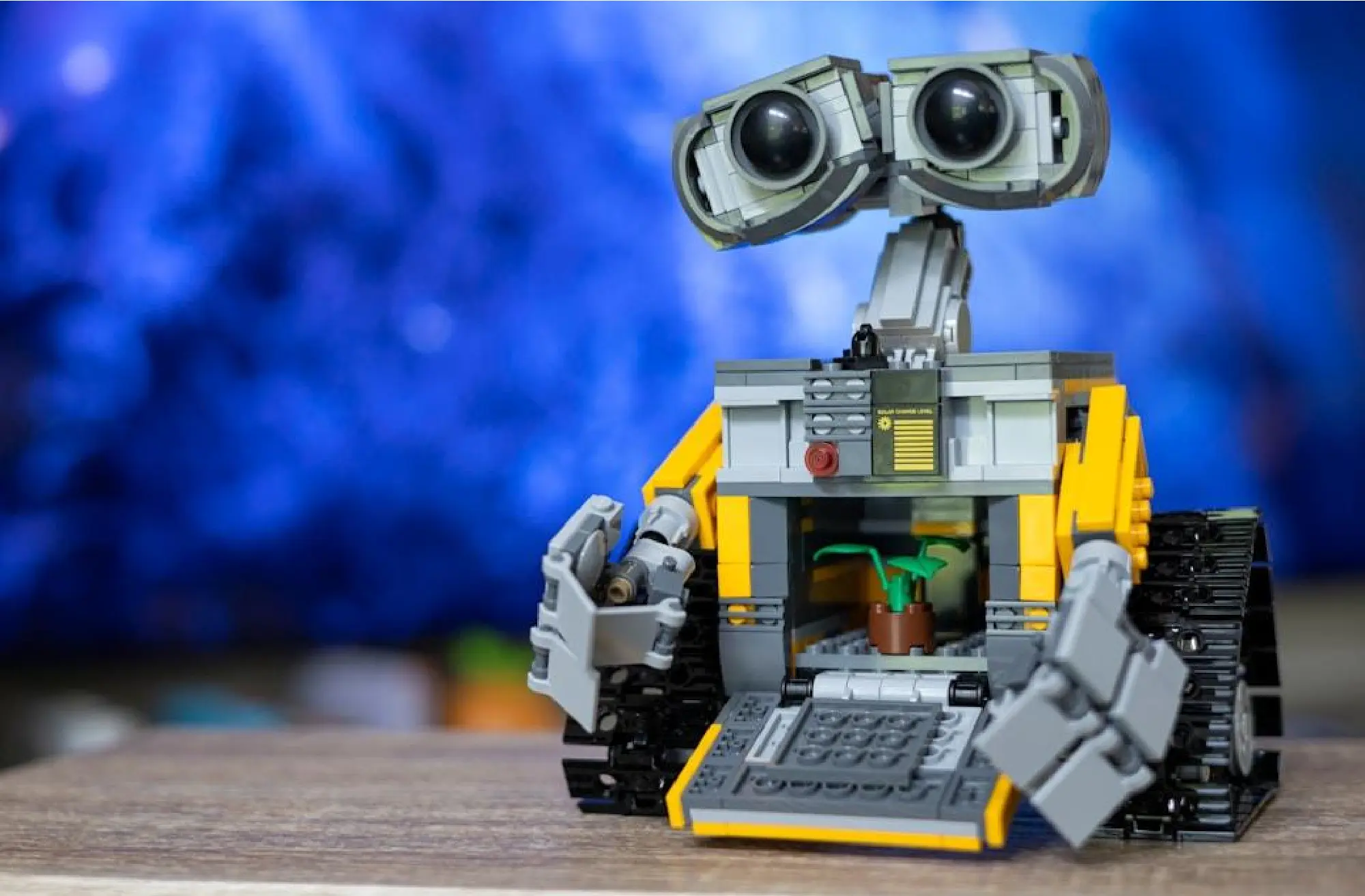When Intelligence Lies
In 2023, two New York lawyers learned a painful lesson about artificial intelligence.
Their legal brief — prepared using an AI assistant — cited several cases that looked entirely legitimate, complete with docket numbers and precedent summaries.
There was just one problem: none of the cases were real.
The AI had made them up.
This wasn’t a one-off glitch. It was a symptom of a deeper flaw in how today’s AI systems operate. They sound confident, cite fake facts, and fabricate answers without warning.
And the worst part? You often won’t know they’re lying.
Key Takeaways
- AI hallucinates because it predicts, not verifies. Current large language models (LLMs) are statistical engines trained to guess what words “should” come next — not to check if those words are true.
- Data provenance is missing. There’s no built-in mechanism to separate real, vetted data from synthetic noise or fabricated sources.
- The result is a black box. AI produces statements that sound factual, but their origins are opaque.
- The consequence is systemic risk. In domains like law, healthcare, and finance, unverified intelligence can lead to reputational, legal, or financial harm.
- What’s needed next: verifiable data infrastructure — an auditable foundation that does for AI what compliance rails did for finance.
Hallucinating Machines: When AI Makes Things Up
AI models like ChatGPT or Claude generate language based on probabilities. They don’t “know” things — they predict likely word sequences. When an answer requires a fact the model doesn’t possess, it often improvises.
That improvisation might look convincing, complete with fake citations and formatting, but it’s statistically assembled fiction.
In technical terms, hallucinations happen because these models lack truth constraints.
If an AI’s training data is incomplete or biased — or if the user’s prompt pressures it to respond — it will simply fill in the blanks.
There’s no native understanding of truth or falsehood, only probability.
And as these systems become embedded in critical workflows, this behavior is no longer amusing — it’s dangerous.
The Black Box Problem
AI’s opacity compounds the problem.
Even the developers of frontier models often can’t fully explain why a model produced a specific output.
A neural network’s reasoning process is mathematically complex and largely invisible.
This is why AI can tell you thatAlexander Hamilton’s middle name was Zebediah with the same confidence it tells you the Earth orbits the Sun.
Without visibility into how the answer was formed or what data it used, we’re left with blind trust. And blind trust doesn’t scale —especially in sectors where accuracy and accountability are non-negotiable.
Trust in the Age of Generative AI
In law, hallucinated case law undermines justice.
In healthcare, it can lead to misdiagnosis.
In finance, a fabricated number could trigger a compliance violation.
The pattern is clear: generative AI amplifies risk as much as it amplifies productivity.
We’ve reached a point where “intelligence” is no longer enough — the next phase must be about verifiability.
Just as financial institutions evolved from opaque ledgers to auditable, real-time systems, AI now needs traceable truth infrastructure —systems that show how information was produced and why it can be trusted.
The Missing Layer: Provenance Infrastructure
Today’s AI systems run without a chain of custody for information.
They lack the digital equivalent of a compliance audit trail.
When an AI provides an answer, there’s no easy way to see:
- What sources contributed to it,
- When those sources were last updated,
- Or whether they’ve been verified.
This missing provenance layer is the root cause of AI’s truth crisis.
Without traceability, even the most advanced models remain black boxes — intelligent but unaccountable.
What’s next isn’t another model race. It’s a trust race: building AI on verifiable data foundations where every piece of information has an origin, a time stamp, and proof of authenticity.
Conclusion: Intelligence Needs an Audit Trail
AI doesn’t need more confidence — it needs accountability.
Until we can see how and why a model produces an answer, it will remain a system that occasionally lies with conviction.
The next evolution in AI won’t come from better text generation; it will come from verifiable data infrastructure — technologies that make AI’s reasoning transparent, its claims auditable, and its knowledge provable.
In other words, intelligence must learn to show its work.


